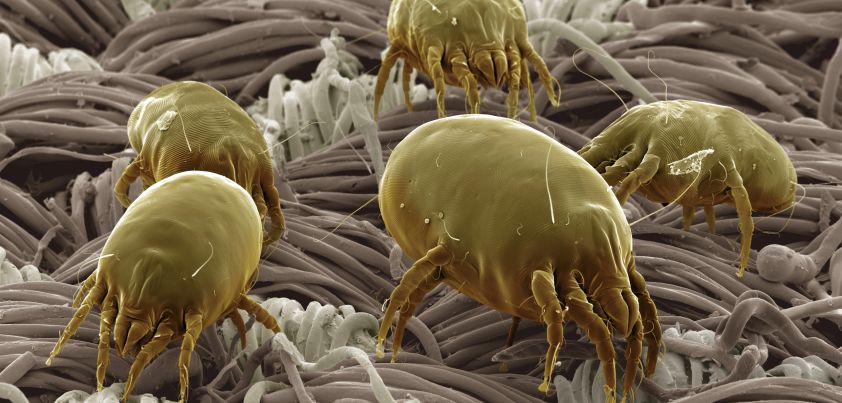 The main theme of this story from Jane Bauer is how seemingly insignificant objects from one’s past can spark powerful (and in this case healing) memories. It also contrasts two families: one brought closer through tragedy and the need to work together to secure their future, the other torn apart by misunderstanding and bitterness and too stubborn to make the first move. In the latter case, a child’s book that brings a stony-faced old woman to tears and simple phone call are all it takes to restore relationships. Other themes: loss, memories, family connections, aging and loneliness, estrangement and reconciliation. More…
The main theme of this story from Jane Bauer is how seemingly insignificant objects from one’s past can spark powerful (and in this case healing) memories. It also contrasts two families: one brought closer through tragedy and the need to work together to secure their future, the other torn apart by misunderstanding and bitterness and too stubborn to make the first move. In the latter case, a child’s book that brings a stony-faced old woman to tears and simple phone call are all it takes to restore relationships. Other themes: loss, memories, family connections, aging and loneliness, estrangement and reconciliation. More…
Another Pioneer
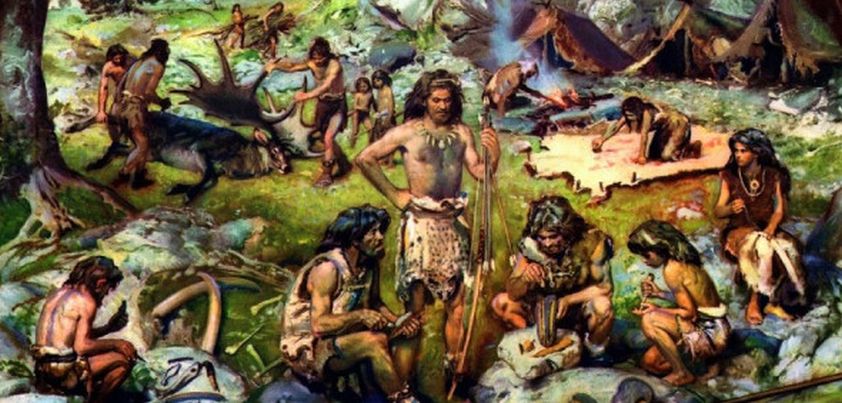 This story by David Foster Wallace comprises a single paragraph of over 9,100 words. A writer shares a tale he heard from a friend. A three-year-old boy in a paleolithic jungle tribe has the seemingly magical ability to correctly answer any question. The tribe prospers with his help, developing quickly from hunter-gatherers to embracing agriculture and animal husbandry. Upon reaching puberty, the boy’s answers become more philosophical, challenging questioners and the tribe’s ancient beliefs. Fear on both sides leads to either his, or the tribe’s destruction. Themes include storytelling, superstition, the destructive power of knowledge, self-consciousness, social class/caste, greed, fear. More…
This story by David Foster Wallace comprises a single paragraph of over 9,100 words. A writer shares a tale he heard from a friend. A three-year-old boy in a paleolithic jungle tribe has the seemingly magical ability to correctly answer any question. The tribe prospers with his help, developing quickly from hunter-gatherers to embracing agriculture and animal husbandry. Upon reaching puberty, the boy’s answers become more philosophical, challenging questioners and the tribe’s ancient beliefs. Fear on both sides leads to either his, or the tribe’s destruction. Themes include storytelling, superstition, the destructive power of knowledge, self-consciousness, social class/caste, greed, fear. More…
A Night in the Life of the Mayor
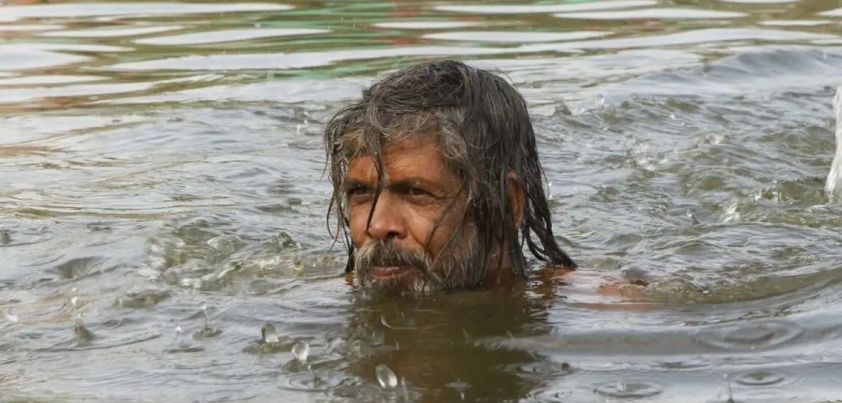 This humorous story by Manoj Das takes a satirical swipe at the abuse of power and narcissism of Indian officials. A mayor belittles his old professor for complaining about a stray cow that chewed up his granddaughter’s psychology notebooks. Karma strikes when that same cow runs off with the mayor’s half-eaten clothes and car keys as he is taking a dip in a secluded part of a river. He experiences an epiphany as he floats down the river, lying naked in a boat, after people arrive and start searching for him. Themes include ambition, power, pride, narcissism, self-discovery, redemption, regret. More…
This humorous story by Manoj Das takes a satirical swipe at the abuse of power and narcissism of Indian officials. A mayor belittles his old professor for complaining about a stray cow that chewed up his granddaughter’s psychology notebooks. Karma strikes when that same cow runs off with the mayor’s half-eaten clothes and car keys as he is taking a dip in a secluded part of a river. He experiences an epiphany as he floats down the river, lying naked in a boat, after people arrive and start searching for him. Themes include ambition, power, pride, narcissism, self-discovery, redemption, regret. More…
The Magic Sweet Shop
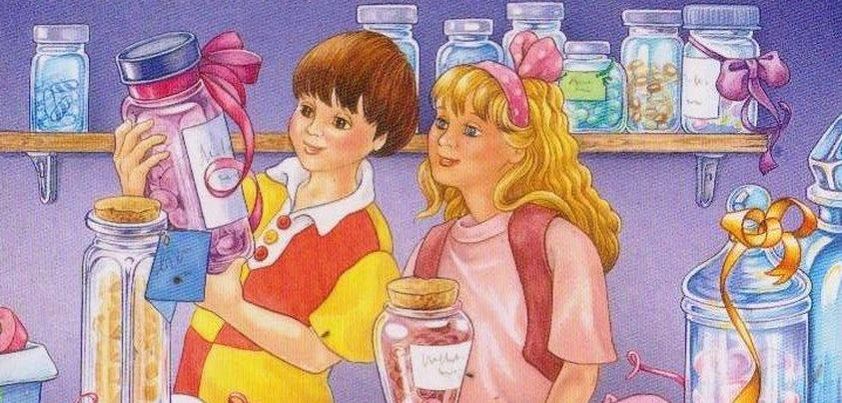 In this story by Enid Blyton, two children out playing in the woods follow a path they had not seen before. It leads to a small village in which there is a strange candy shop. They each buy five different colored sweets with unusual names: a Giant-sweet, Dwarf-sweet, Invisible-sweet, Spiky-sweet and Home-again-sweet. They then have some exciting adventures in which the candy they bought saves the day. As might be expected, the Home-again-sweet leads them home. When they take their mother to the path that led them to the village, they find that it is no longer there. More…
In this story by Enid Blyton, two children out playing in the woods follow a path they had not seen before. It leads to a small village in which there is a strange candy shop. They each buy five different colored sweets with unusual names: a Giant-sweet, Dwarf-sweet, Invisible-sweet, Spiky-sweet and Home-again-sweet. They then have some exciting adventures in which the candy they bought saves the day. As might be expected, the Home-again-sweet leads them home. When they take their mother to the path that led them to the village, they find that it is no longer there. More…
After Twenty Years
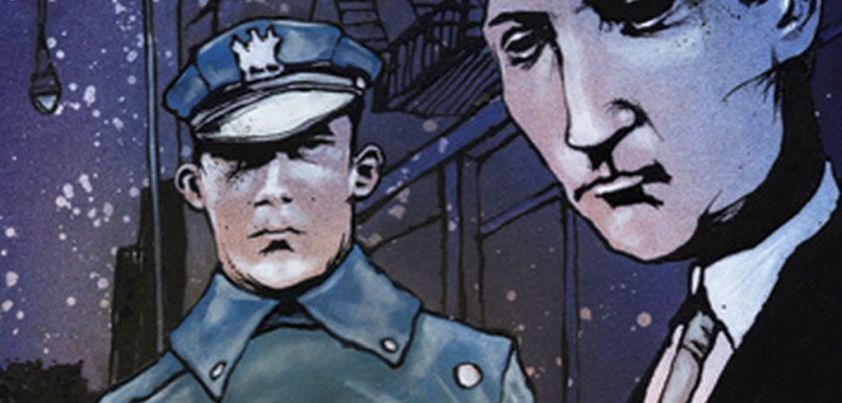 This story by O. Henry shows how keeping a promise to a friend can sometimes have adverse consequences. Two boyhood friends lose touch after one of them decided to “go West” to make his fortune. When he left, the two made a solemn promise to meet again outside their favorite New York restaurant in twenty years. Both kept the promise, and it is likely that after the meeting both regretted the way it went. Themes include friendship, honor (keeping one’s word), loyalty vs. duty, time and change, crime and justice. More…
This story by O. Henry shows how keeping a promise to a friend can sometimes have adverse consequences. Two boyhood friends lose touch after one of them decided to “go West” to make his fortune. When he left, the two made a solemn promise to meet again outside their favorite New York restaurant in twenty years. Both kept the promise, and it is likely that after the meeting both regretted the way it went. Themes include friendship, honor (keeping one’s word), loyalty vs. duty, time and change, crime and justice. More…